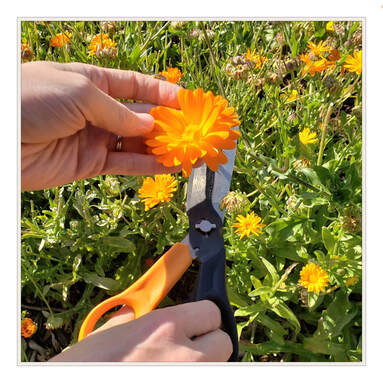There is not a one size fits all way to harvest plants, but these are general guidelines for most plants. You still want to study out each plant to see if there are specific guidelines for harvesting. For example, blossoms are usually harvested right before opening before or after the heat of the day, but Calendula are harvested when they are wide open during the day. This is another area you can use your light of Christ to direct the when and how and don’t get too caught up in the details.
Roots
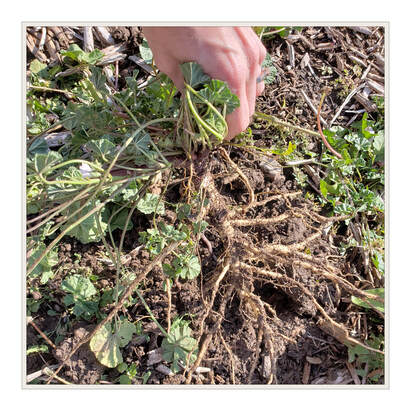
Generally, roots are harvested in the fall after the plant has died back and sent all its energy back into the roots. This is not an absolute and can also be harvested in the spring or really, anytime of the year. The most potent plant material is in the fall. Plants like common mallow and dandelion can be harvested as you pull them from your yard and garden throughout the year as you "weed". Some plants you can merely pull up and out of the ground, but most will need to be dug up with a shovel or spade. Brush the dirt off the root, wash under running water and then pat dry. Chop roots before drying.
Bark
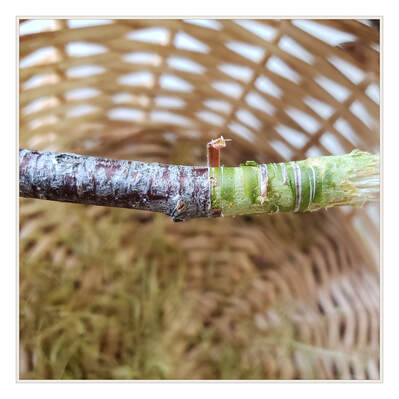
Barks should be harvested from the twigs and branches not the main trunk of the tree. “Prune” off a branch of the tree or shrub and then peel the outer bark off. This can be composted or discarded. Peel the next layer, which is the inner bark and where the living medicine is located. You can tell it is living because of the moist, sticky feel to it. This can be done by hand or with a vegetable peeler.
Leaves
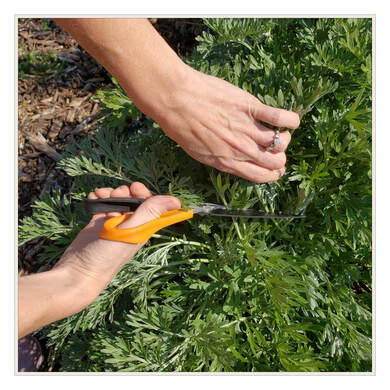
Leaves can be harvested anytime of the growing season but are most potent before flowering. They should be gathered in the morning, after the dew has dried or the evening after the heat of the day where the plant is not “depleted”. Aromatic herbs such as basil, thyme, rosemary, etc. should be harvested in the hottest part of the day since the oils are at their strongest. Simply cut what leaves you want off the plant, leaving two thirds of the plant. Once the plant blossoms it will work on developing the "fruit" and not on foliage so it is best to keep a plant trimmed until the end of the season if you want to have continual growth for harvesting.
Flowers/Blossoms
|
Flowers are best harvested right before they open. If harvesting from a plant that will give you both blossoms and fruit, leave enough blossoms to turn into fruit for a fall harvest. Some plants will continue to give blossoms as you continually harvest, such as calendula and some only blossom once, like lavender. Leaves and blossoms can be harvested at the same time if desired for plants like alfalfa, thyme, rosemary, etc.
|
Seeds
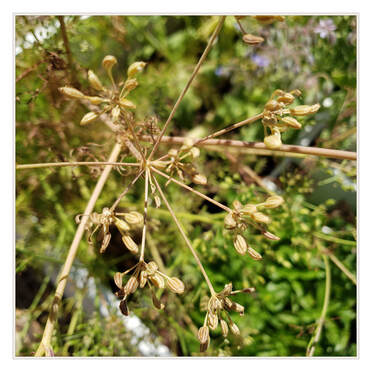
Most seeds are harvested by allowing them to dry on the plant. Once brown and “crisp” they can be placed in a paper bag or container. Shake the container to disperse the seeds. Some may need to be "rubbed" out of their coverings. Seeds come in many shapes, sizes and forms so you will need to learn how each plant's seeds are collected.
Sap, Pitch, Resin
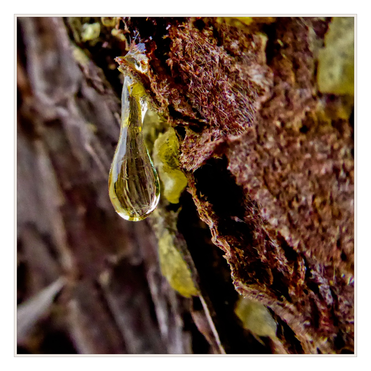
Best harvested in early spring by drilling a hole in the bark, slightly angled toward the ground about about two-inches deep. Insert a straw or similar tube and put the other end in a collectible container. After a week remove the straw and plug with a fitted twig so the sap stops leaking. For pitch you can snap off a twig and the pitch will ooze from the broken end. You can also collect the sap crystals that form on the bark.
